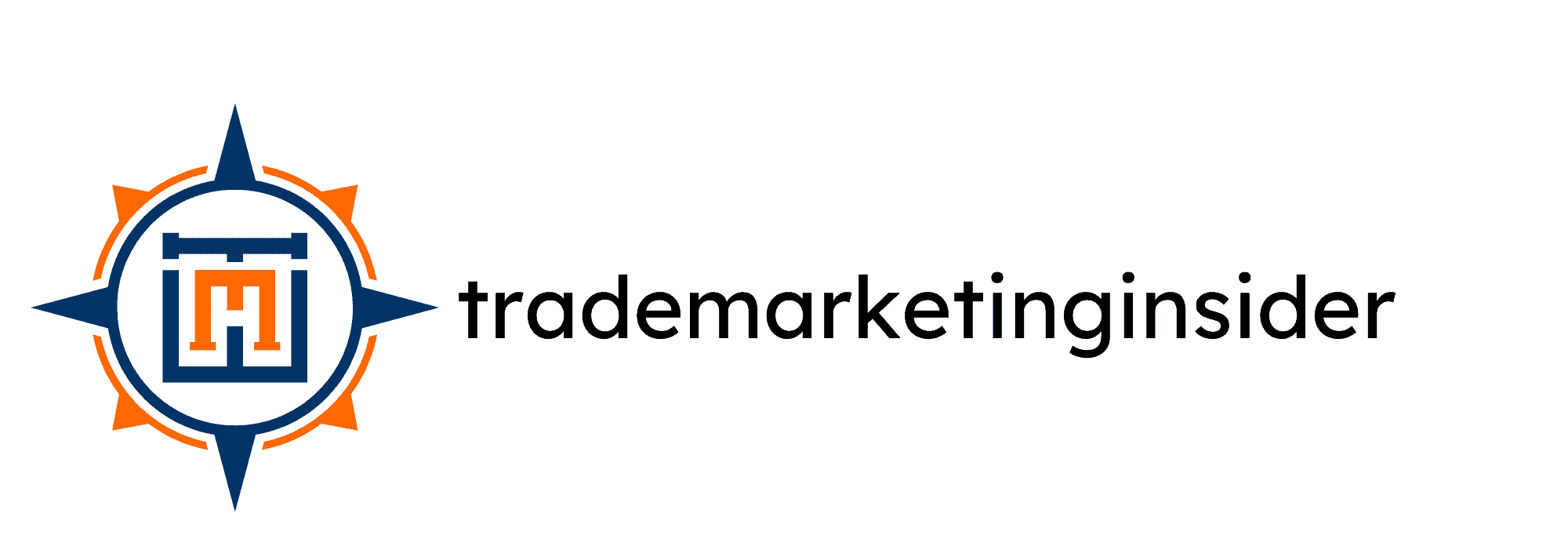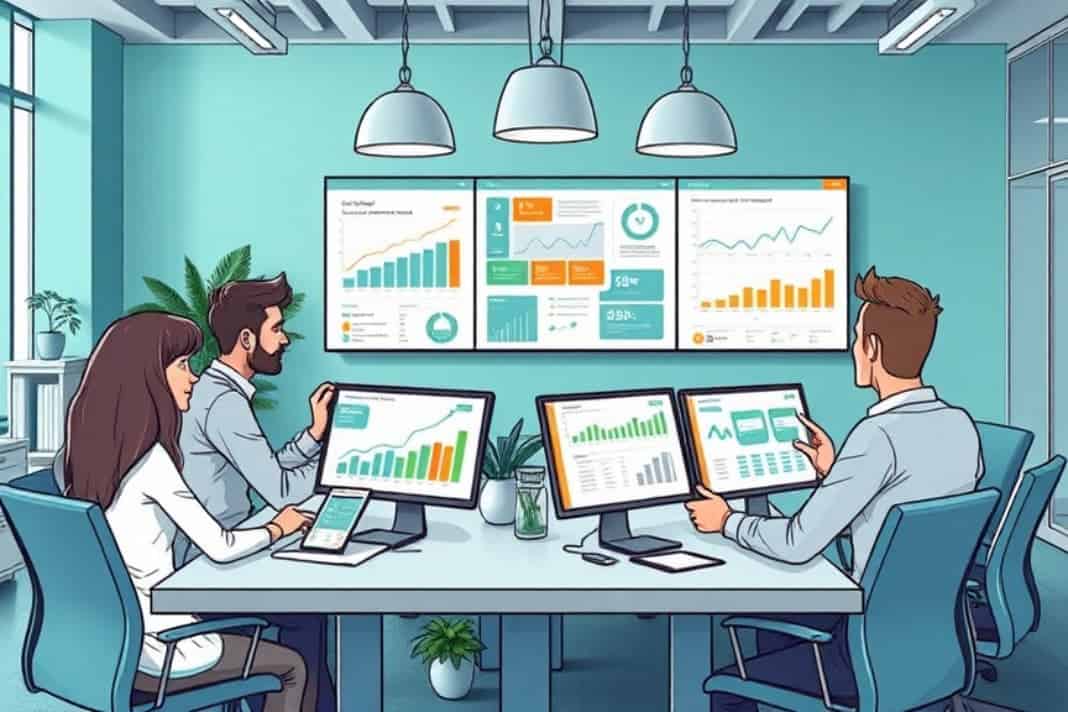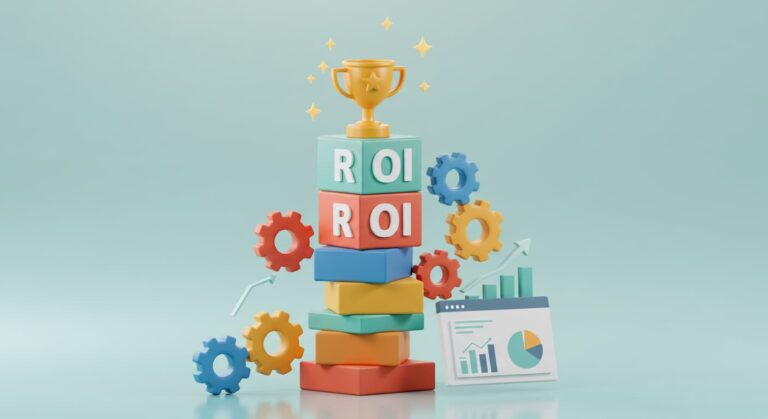In today’s quick-moving retail scene, consumer goods firms face a never-ending test: how to catch the eye in a packed market. Trade promotion management (TPM strategies) is a key plan determining a product’s triumph or failure.
TPM has changed from basic store discounts to intricate, data-based campaigns across many channels. For companies selling through shops, getting good at TPM can be the key to success or getting by in a demanding business environment.
Key Takeaways
- Trade promotion management (TPM) is evolving rapidly in today’s omnichannel retail environment.
- Effective strategies combine data analysis, smart budgeting, and strong retailer partnerships.
- Digital tools and AI are revolutionizing promotion planning and execution
- Measuring success requires tracking specific KPIs and continuously refining approaches
- Future trends point towards more personalized, sustainable, and tech-driven promotional tactics
What is Trade Promotion Management?
TPM encompasses how consumer goods companies plan, execute, and analyze their marketing efforts with retailers to improve promotion effectiveness.
It’s about boosting sales volume while maintaining healthy profit margins across various retail channels.
Traditional vs. Digital TPM
| Traditional TPM | Digital TPM |
|---|---|
| Manual planning | AI-powered forecasting |
| Limited data analysis | Advanced analytics |
| Single-channel focus | Omnichannel integration |
| Reactive adjustments | Real-time optimization |
Today’s TPM is a data-driven discipline combining marketing expertise with advanced analytics.
Companies now use sophisticated software to track spending, predict outcomes, and measure results across multiple retail touchpoints.
Why TPM Matters
The stakes in consumer goods are higher than ever. Companies often invest 20% or more of their total revenue in promotional activities, translating to over $500 billion annually.

However, the return on this massive investment isn’t always positive. Studies show that up to 67% of U.S. trade promotions don’t break even. This sobering statistic underscores the critical need for effective TPM.
When done right, TPM can lead to:
- Increased sales volume and market share
- Improved profit margins
- Stronger retailer relationships
- More efficient marketing budget allocation
- Enhanced forecasting and inventory management can significantly contribute to effective trade promotion management.
Components of Effective TPM
Data-Driven Planning
Successful TPM starts with thoroughly analyzing past performance data and market trends. This approach helps companies:
- Identify top-performing promotions to ensure revenue growth and maximize ROI.
- Understand seasonal patterns and consumer behaviour
- Predict the impact of different promotional strategies
Actionable Tip: Start by auditing your promotional data from last year. Identify your top 3 and bottom 3 performing promotions. Look for patterns in timing, channel, and offer type.
Smart Budgeting
Allocating promotional budgets requires balancing short-term sales boosts with long-term brand building. Key considerations include:
- Distributing funds across products, retailers, and regions
- Setting realistic targets based on market conditions and company goals
- Reserving budget for trade promotion management software to test new promotional tactics
Actionable Tip: Implement a 70-20-10 budget allocation: 70% to proven strategies, 20% to scaling promising tactics, and 10% to experimenting with new approaches.

Retailer Collaboration
Effective TPM relies on strong partnerships with retailers. This means:
- Sharing data and insights to create mutually beneficial promotional plans
- Aligning goals and expectations for each campaign
- Coordinating logistics to ensure smooth execution
Actionable Tip: Schedule quarterly strategy sessions with your top retailers. Come prepared with data-backed insights and be open to their feedback.
Omnichannel Approach
Today’s consumers shop across multiple channels – in-store, online, and through apps. Modern TPM strategies must account for this by:
- Creating consistent promotions across all shopping platforms is essential for maximizing ROI in trade promotion strategies.
- Tailoring promotional tactics to suit different channel behaviours is a key aspect of trade promotion optimization.
- Tracking and analyzing performance across the entire retail ecosystem is vital for assessing trade promotion effectiveness.
Actionable Tip: Map out your customer’s journey across channels. Identify gaps in your promotional coverage and opportunities for cross-channel synergy.
Planning and Budgeting
The Role of Predictive Analytics
Advanced TPM systems now use machine learning to forecast promotional outcomes. These tools can:
- Analyze vast amounts of historical data
- Consider external factors like weather or economic conditions
- Suggest optimal promotional strategies based on predicted ROI
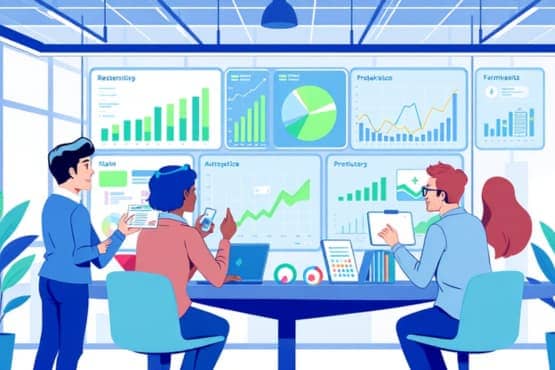
Budget Allocation Strategies
Smart budget allocation is vital to maximizing returns. Best practices include:
- Focusing on high-potential products and markets is crucial for successful trade promotion strategies for revenue growth.
- Balancing promotional spending across the product portfolio
- Setting aside funds for testing new promotional tactics
Case Study: Procter & Gamble’s TPM Transformation
Procter & Gamble (P&G) revolutionized its approach to trade promotions by implementing advanced TPM software. This move allowed P&G to:
- Streamline promotional planning across its vast product range
- Improve forecasting accuracy, leading to better inventory management
- Optimize spending by identifying and eliminating ineffective promotions
The result? Improved promotion effectiveness and maximize ROI through strategic trade promotion management. P&G saw a significant boost in promotional ROI and stronger relationships with its retail partners.
Execution of Promotions
Types of Trade Promotions
Companies use a variety of promotional tactics, including:
- Temporary price reductions
- Buy-one-get-one (BOGO) offers
- Product bundling
- In-store displays and demos
- Digital coupons and rebates
The key is choosing the right mix of promotions for each product and retail channel.

Omnichannel Execution
Successful TPM means creating a seamless experience across all shopping channels. This involves:
- Coordinating in-store and online promotions
- Using digital tools to enhance the in-store experience (e.g., mobile coupons)
- Leveraging e-commerce platforms for targeted promotions
Retailer Collaboration in Action
Nestlé provides an excellent example of effective retailer collaboration. By adopting advanced TPM solutions, Nestlé was able to:
- Gain deeper insights into promotional performance across various retail channels
- Improve transparency in trade spending with retail partners
- Enhance collaboration on promotional planning, leading to more effective campaigns
This approach resulted in sales growth and more optimized promotional strategies for Nestlé.
Tools and Software for TPM
The Rise of Digital TPM Solutions
Modern trade promotion management software offers a range of features to streamline promotional management and enhance ROI.
- Automated planning and budgeting tools
- Real-time performance tracking
- Integration with other business systems (e.g., ERP, CRM)
- Advanced analytics and reporting capabilities

AI-Driven TPM Tools
Artificial intelligence is transforming TPM by:
- Providing more accurate sales forecasts
- Offering personalized promotional recommendations
- Automating routine tasks to free up human resources
Case Study: RPA Implementation by Infosys BPM
A leading consumer goods (CPG) company partnered with Infosys BPM to implement Robotic Process Automation (RPA) in its trade promotion management system for improved efficiency. This initiative:
- Automated repetitive tasks in promotion setup and management
- Reduced manual errors and processing time
- Cost savings exceeded $830,000 through effective trade promotion management and optimization.
This case demonstrates how automation can significantly improve TPM efficiency and accuracy.
Measuring Success and ROI
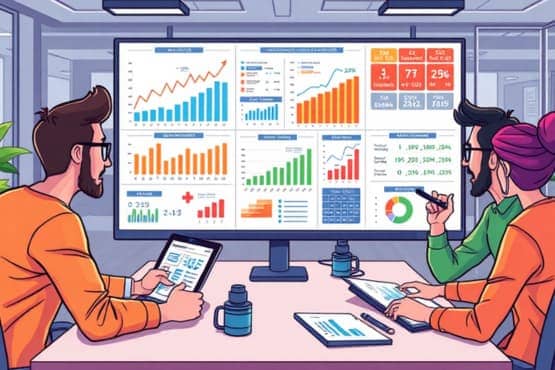
Key Performance Indicators (KPIs)
To gauge the effectiveness of trade promotions, companies track various metrics related to trade promotion optimization.
- Incremental sales volume
- Promotional lift (increase in sales during the promotion)
- Return on promotional investment (ROPI)
- The implementation of effective trade promotion management strategies can influence market share changes.
- Customer acquisition costs
Calculating Promotional ROI
A basic formula for promotional ROI is:
ROI = (Incremental Revenue - Promotional Cost) / Promotional Cost
However, advanced TPM systems consider additional factors like:
- Long-term brand impact
- Effect on non-promoted products
- Retailer profitability
Continuous Improvement
Effective trade promotion management is an ongoing process of optimizing trade promotion strategies.
- Analyzing promotion results
- Identifying trends and patterns
- Adjusting strategies based on learnings
- Testing new approaches
Common Mistakes in TPM

- Over-reliance on discounting: While price cuts can drive short-term sales, they can erode brand value and train customers to wait for deals. Solution: Balance discounts with value-added promotions like bundling or loyalty rewards.
- Failure to coordinate across channels: Inconsistent promotions across in-store and online channels can confuse customers and reduce overall effectiveness.
- Solution: Implement an integrated promotional calendar that aligns all channels.
- Neglecting post-promotion analysis: Many companies run promotions without thoroughly analyzing their impact.
- Solution: Conduct detailed post-mortems on every major promotion, tracking both immediate results and long-term effects.
- Ignoring retailer profitability: Focusing solely on your margins can strain retailer relationships.
- Solution: Design promotions that benefit both your company and your retail partners.
- Lack of personalization: One-size-fits-all promotions often underperform in today’s data-rich environment.
- Solution: Use customer data to tailor promotions to specific segments or shoppers.
Future Trends in TPM

Emerging Technologies
The future of TPM is being shaped by cutting-edge tech:
AI and Machine Learning
- Hyper-personalized promotions based on individual shopping patterns
- Dynamic pricing models that adjust in real-time based on demand, inventory, and competitor actions
- Predictive models for optimal promotion timing and duration
Blockchain for Transparency
- Creating an immutable record of promotional spending and results
- Enabling real-time reconciliation of promotional claims between manufacturers and retailers
- Reducing disputes and streamlining the settlement process
Digital Twins for Simulation
- Creating virtual models of entire retail ecosystems
- Allowing companies to test promotional strategies in a risk-free environment
- Optimizing promotional mix across products, channels, and regions
Sustainability in Promotions
As consumers become more eco-conscious, TPM strategies are evolving to include:
- Promotions that highlight sustainable products or packaging
- Reducing waste in promotional materials (e.g., digital receipts for rebates)
- Incorporating social responsibility into promotional messaging
- Optimizing logistics to reduce the carbon footprint of promotional activities
Real-Time Adjustments
Advanced TPM systems are moving towards:
- Dynamic pricing based on real-time market conditions and inventory levels
- Instant tweaks to digital promotions based on performance data
- Predictive restocking to maintain inventory during promotions
- Integration with smart shelf technology for automated in-store promotional adjustments
Conclusion
Trade promotion management has become essential in the competitive consumer goods market. Companies can transform their promotional activities into powerful engines of growth and profit by adopting data-driven approaches, using advanced tools, and building solid relationships with retailers.
Looking ahead, businesses that can quickly adjust to new technologies and shifting consumer habits will lead the pack. They’ll use TPM to boost sales and create lasting bonds with customers across various shopping platforms.
Effective trade promotion management is crucial for maximizing sales and enhancing partnerships in the consumer goods sector. For those looking to deepen their understanding and explore additional insights, TRADE MARKETING INSIDER offers a wealth of resources tailored to elevate your trade promotion strategies.
